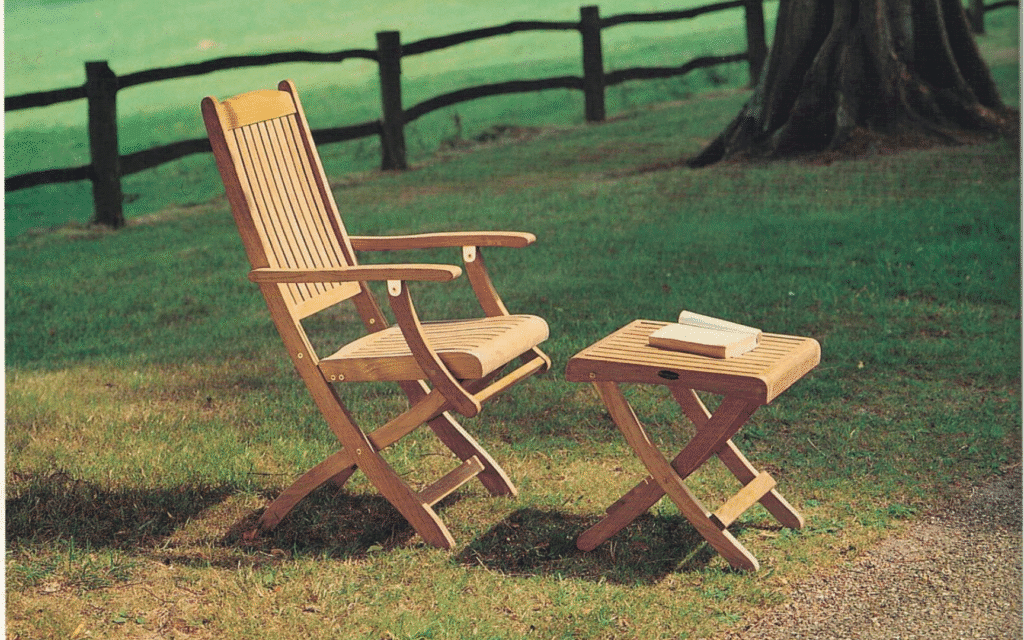The timbers of guyama
At the heart of what we do
Forestry as an Industry in Guyana
Process of the Timbers
From Log to Finish Products

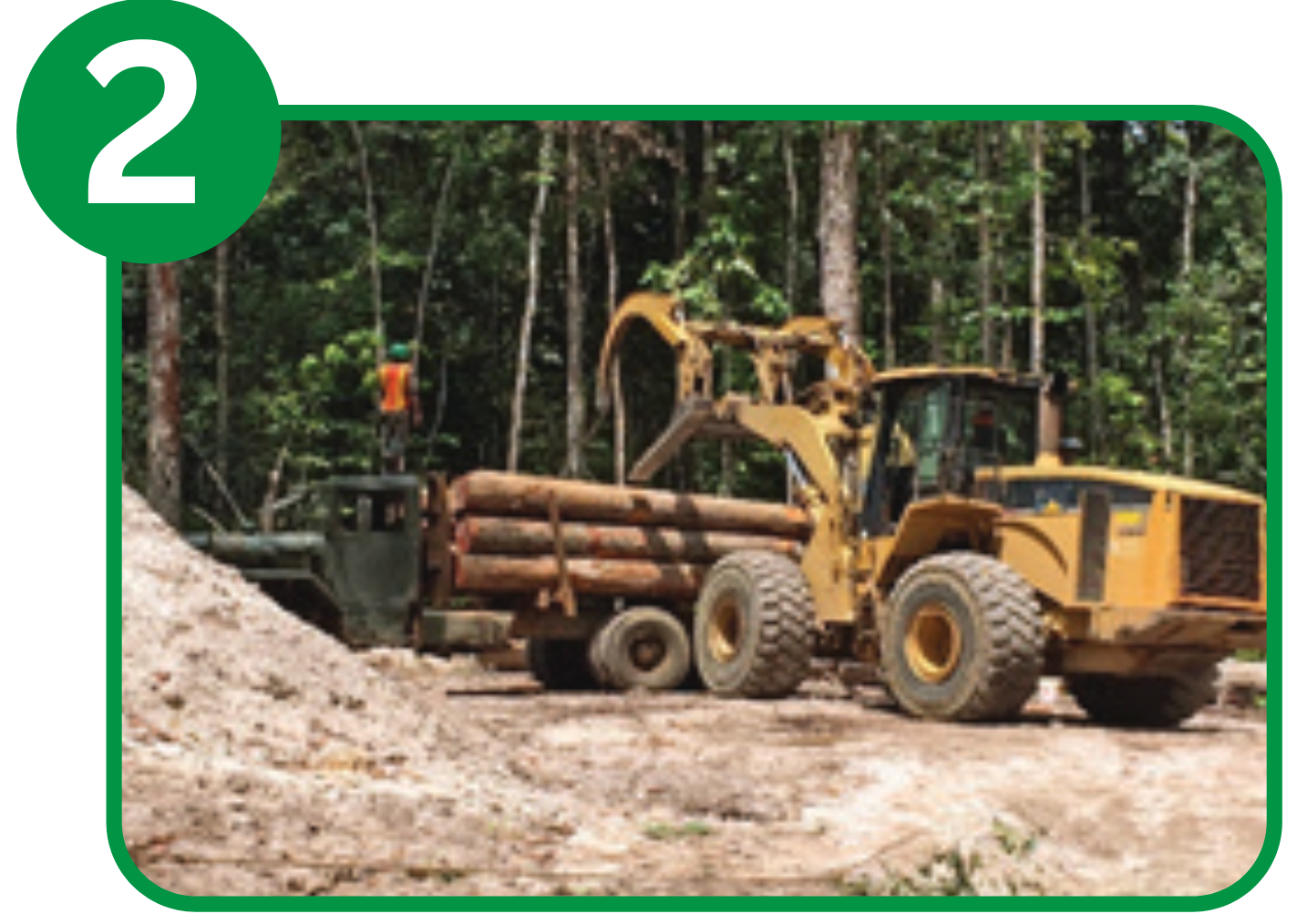
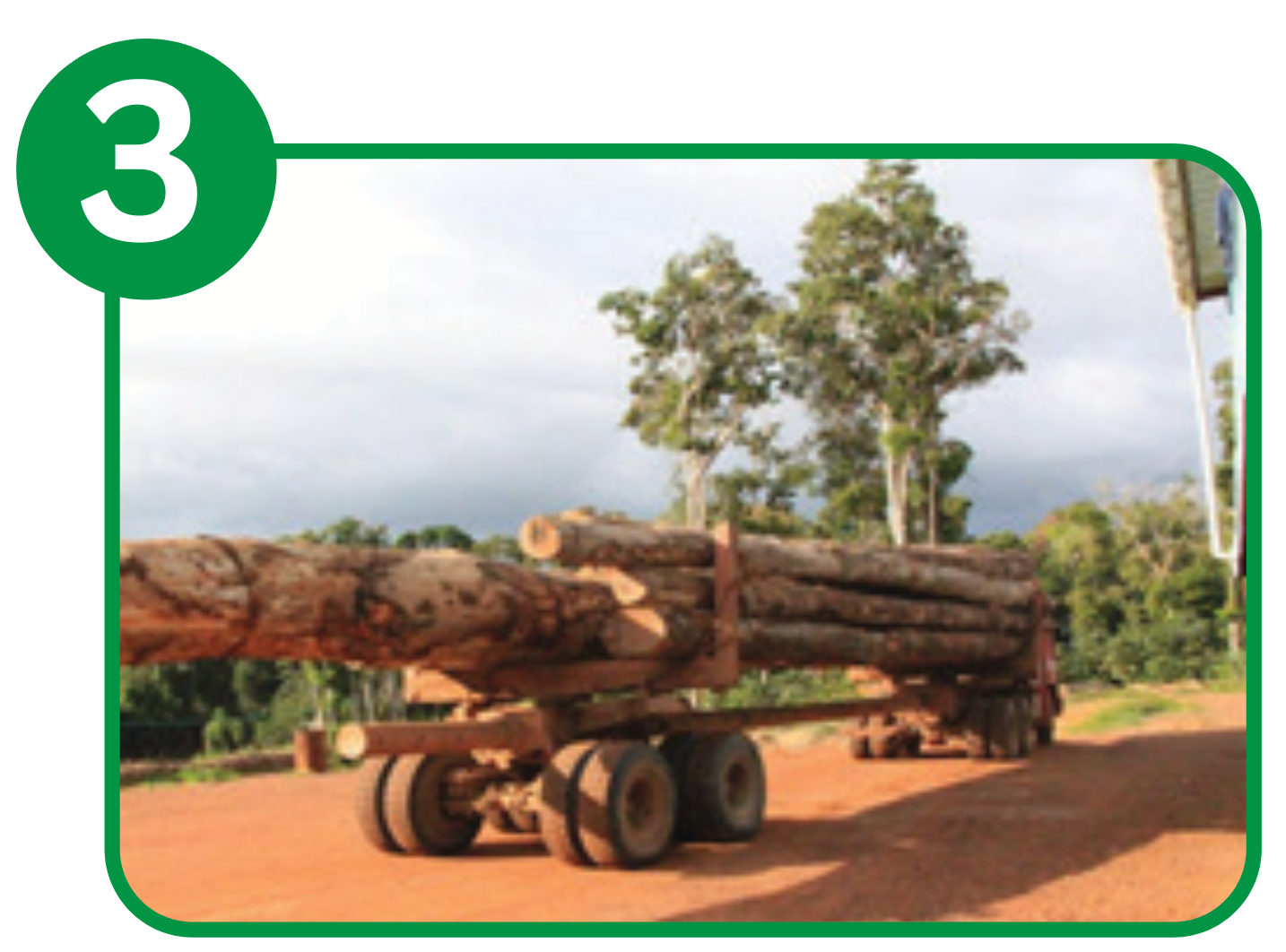
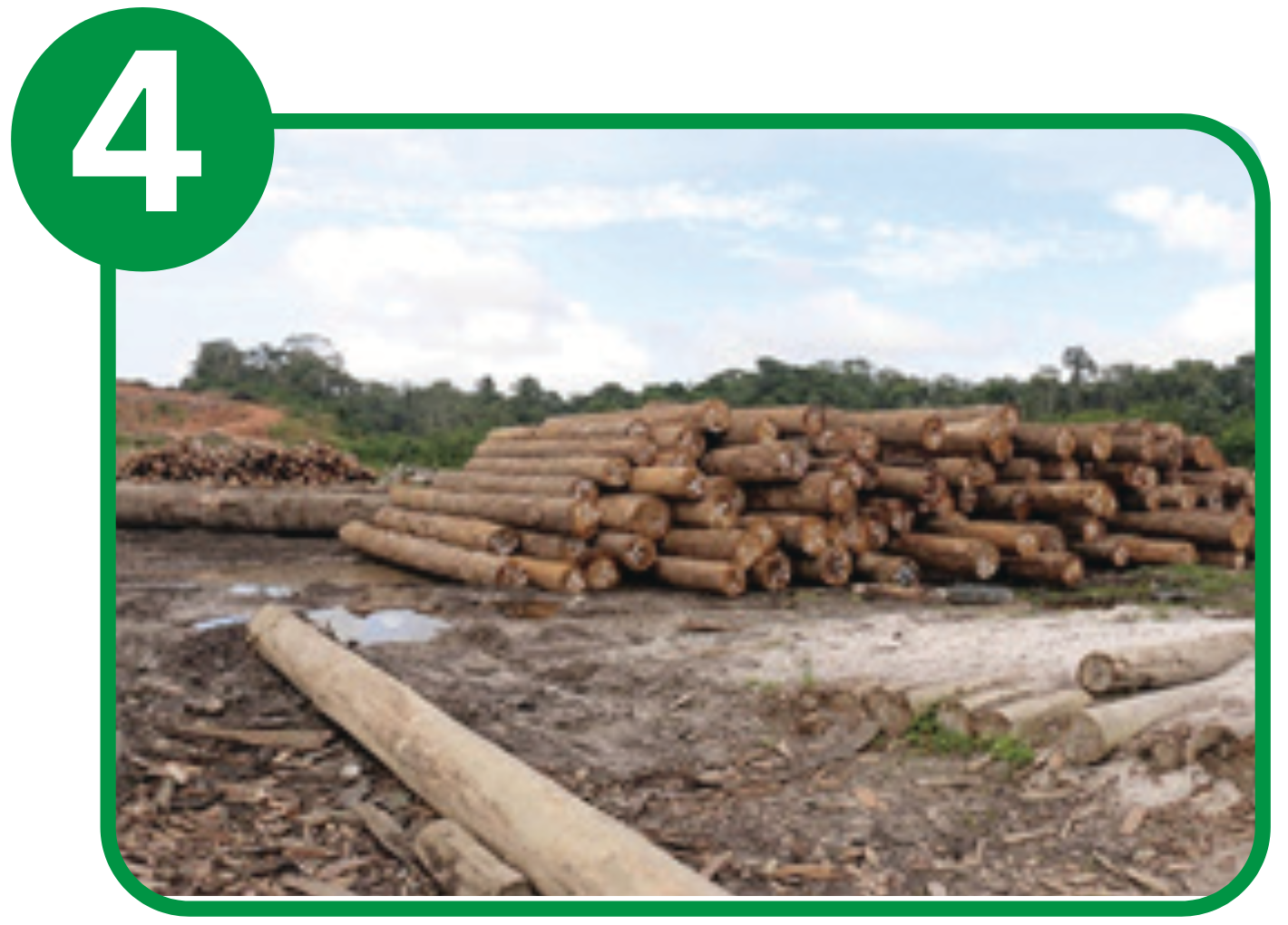
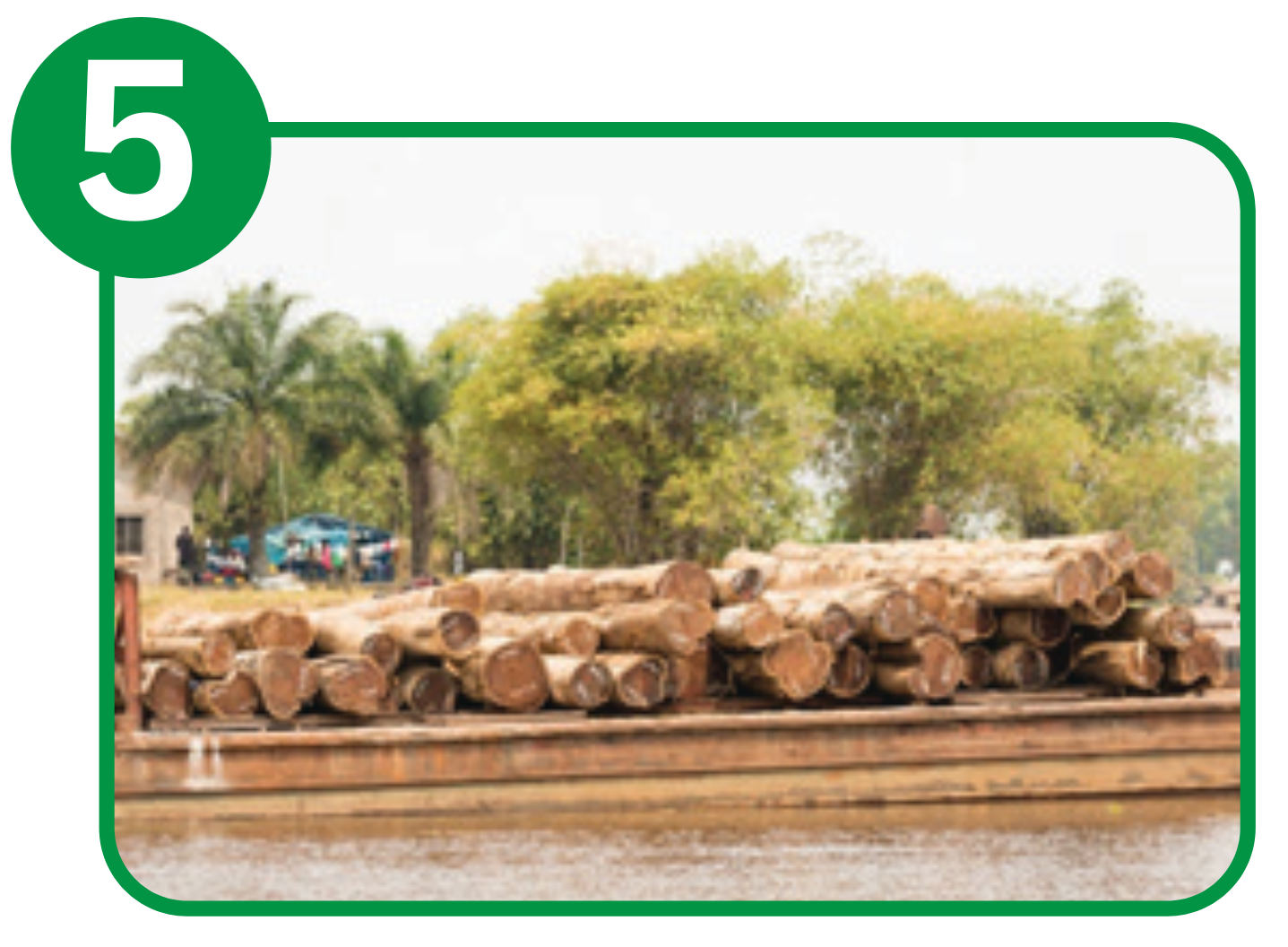
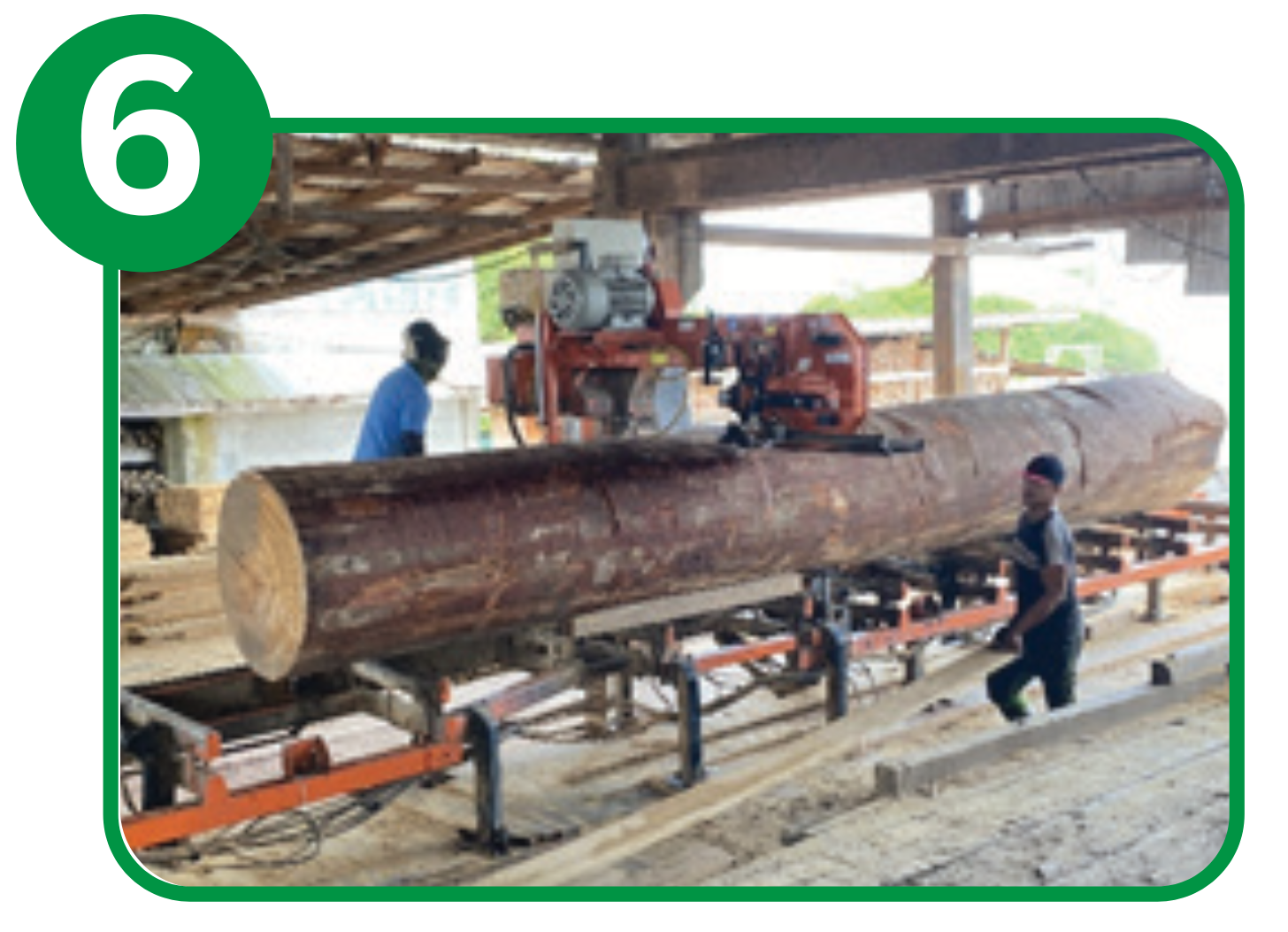
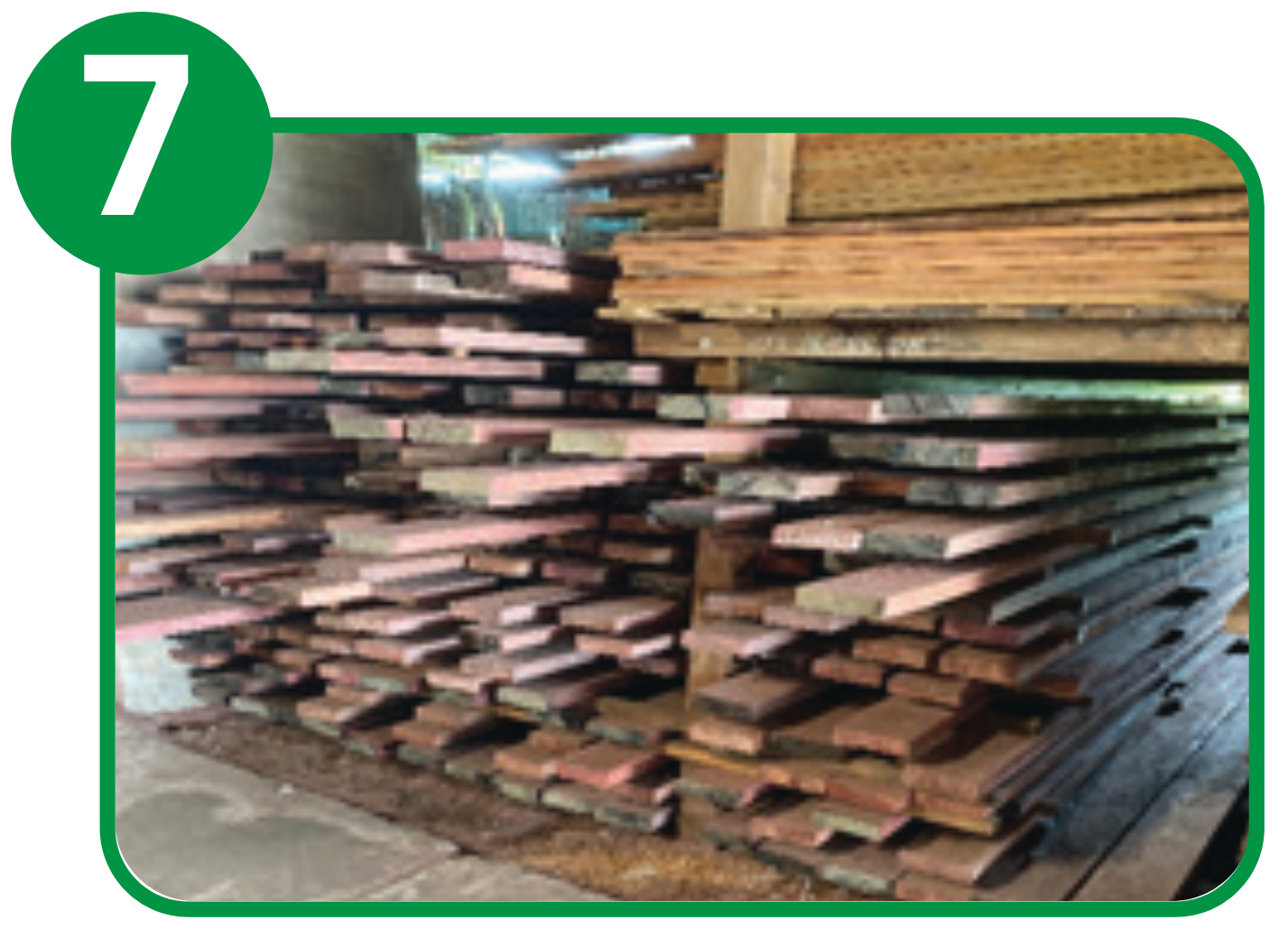
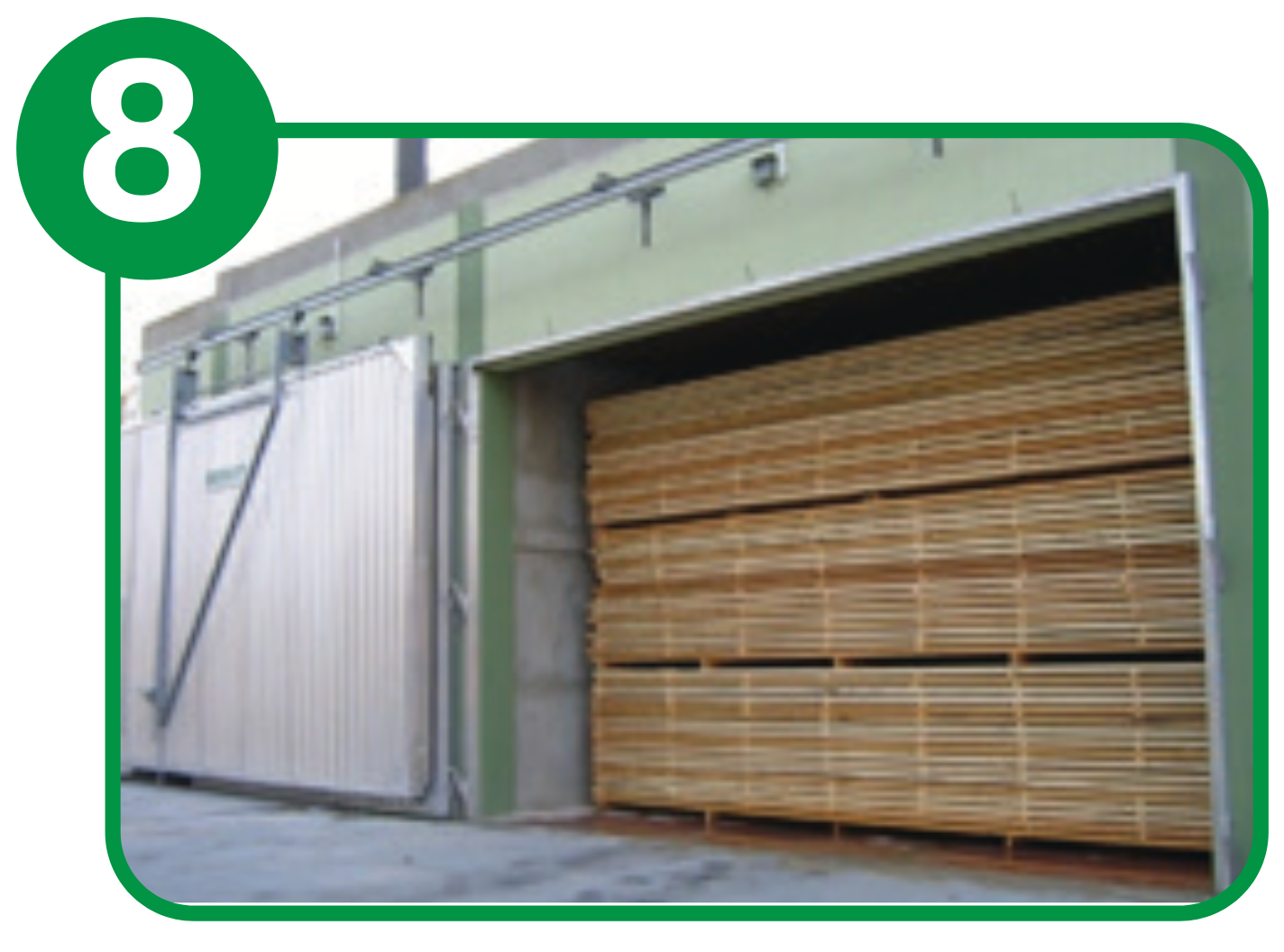
greenheart
- Scientific Name : Chlorocardium rodiei
- Family : Lauraceae
- Standard Name : Greenheart
- Other Name : Wood Appearance
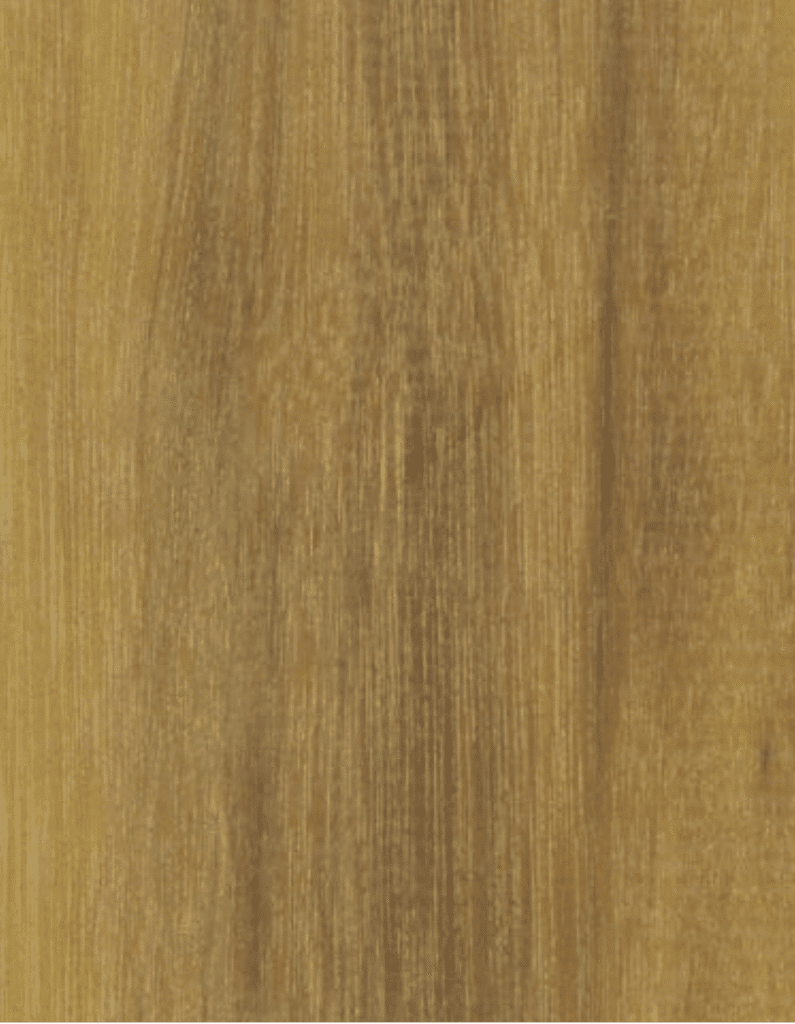
Wood Appearance
Physical and Mechanical Properties
Has exceptionally high strength properties even
when its weight is taken into account:
1. Air dried density (12%) – 970 kg/m2
2. Bending strength (at 12%) – 240 N/mm2
3. Modulus of elasticity (at 12%) – 24500 N/mm2
4. Compression parallel to grain – 89.9 N/mm2
5. Crushing strength (at 12%) – 98 N/mm
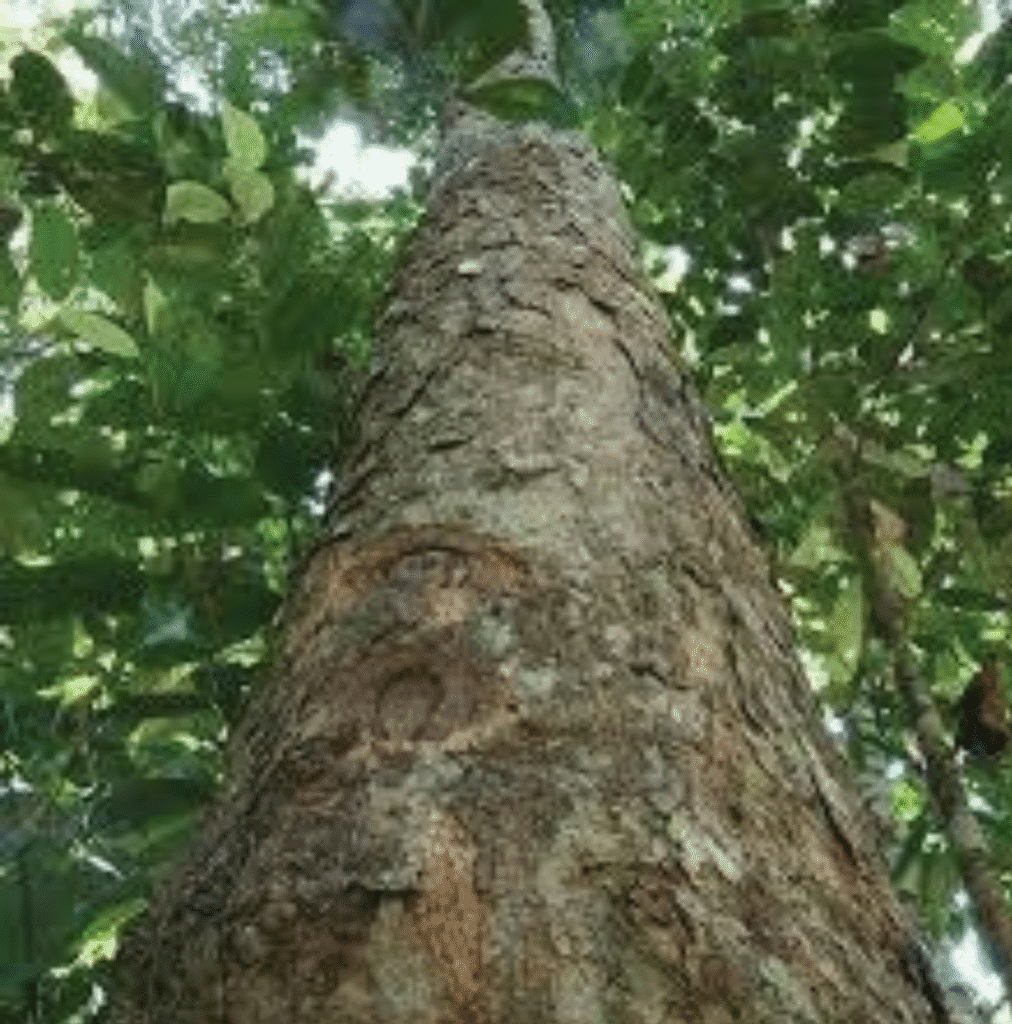

Natural durability
purpleheart
- Scientific Name : Peltogyne spp.
- Family : Caesalpiniaceae (Leguminosae)
- Standard Name : Amarante
- Other Name : Amaranth Nazareno, Pau Roxo, Bois Voilet, Barabu
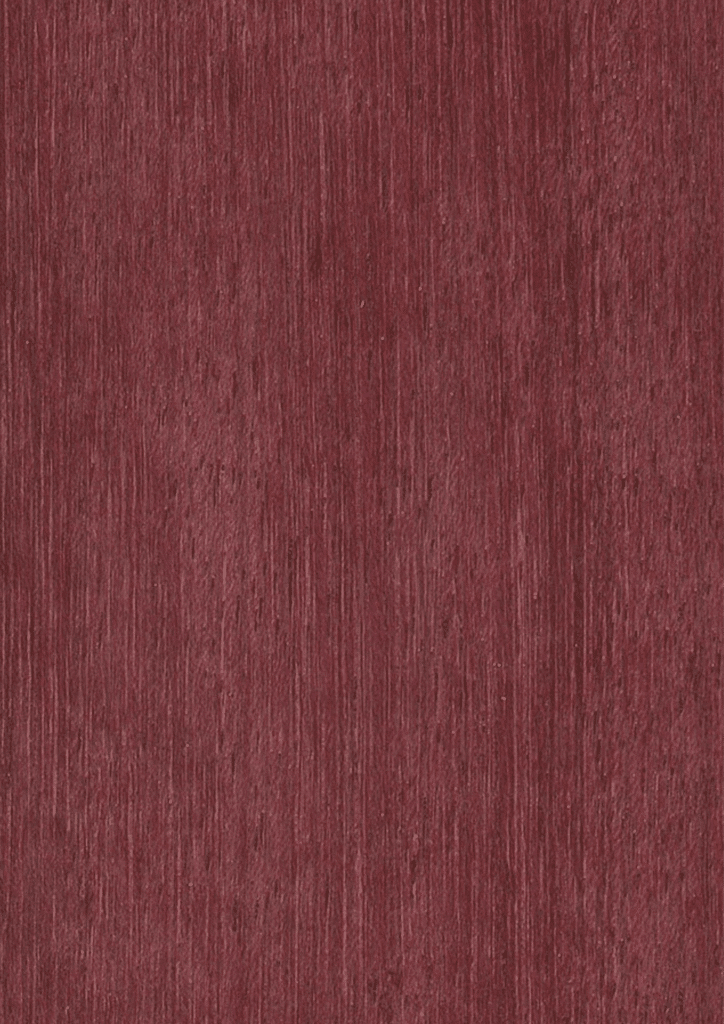
Wood Appearance
Physical and Mechanical Properties
Wood is very tough, strong and resilient:
1. Air dried density (12%) – 840kg/m3
2. Bending strength (at 12%) – 155N/mm2
3. Modulus of elasticity (at12%) – 16860 N/mm2
4. Compression parallel to grain – 78.5 N/mm2
5. Crushing strength (at 12%) – 79 N/mm2
6. Shock resistance medium
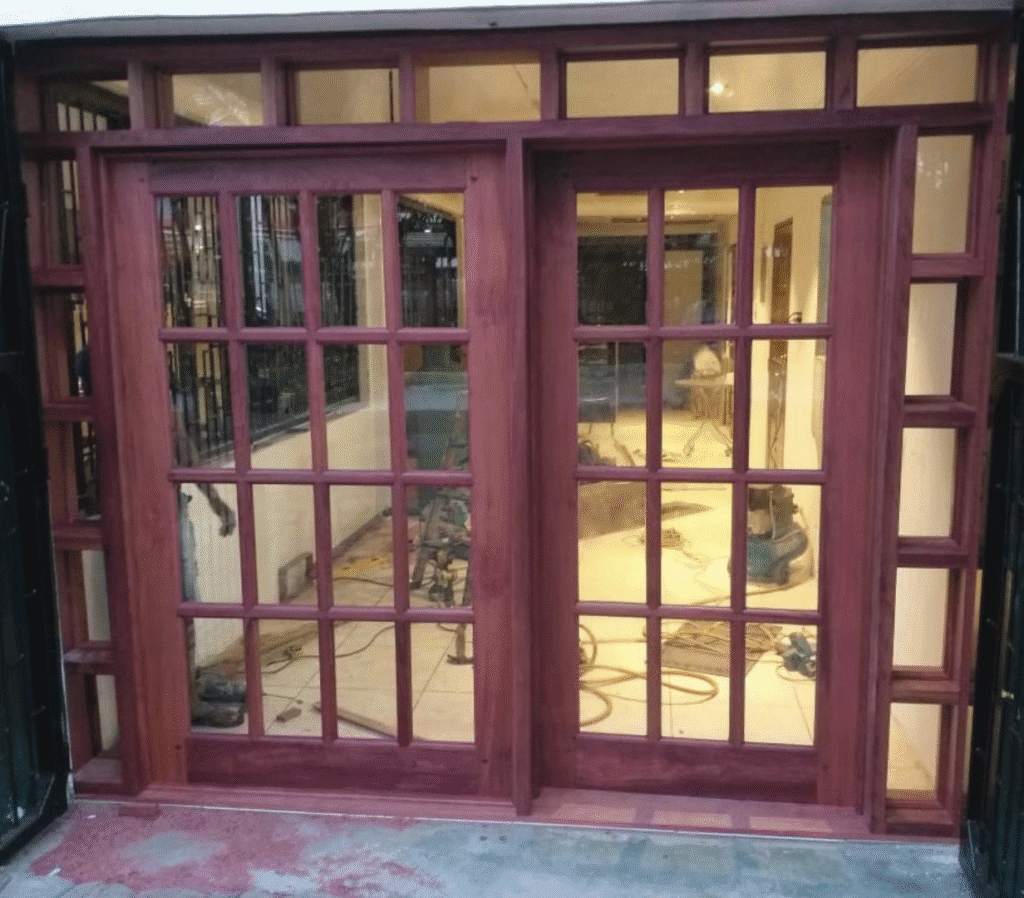

Natural durability
kabukalli
- Scientific Name : Goupia glabra
- Family : Celastraceae
- Standard Name : Goupi
- Other Name : Cupluba, Kopi, Goupie, Copiura
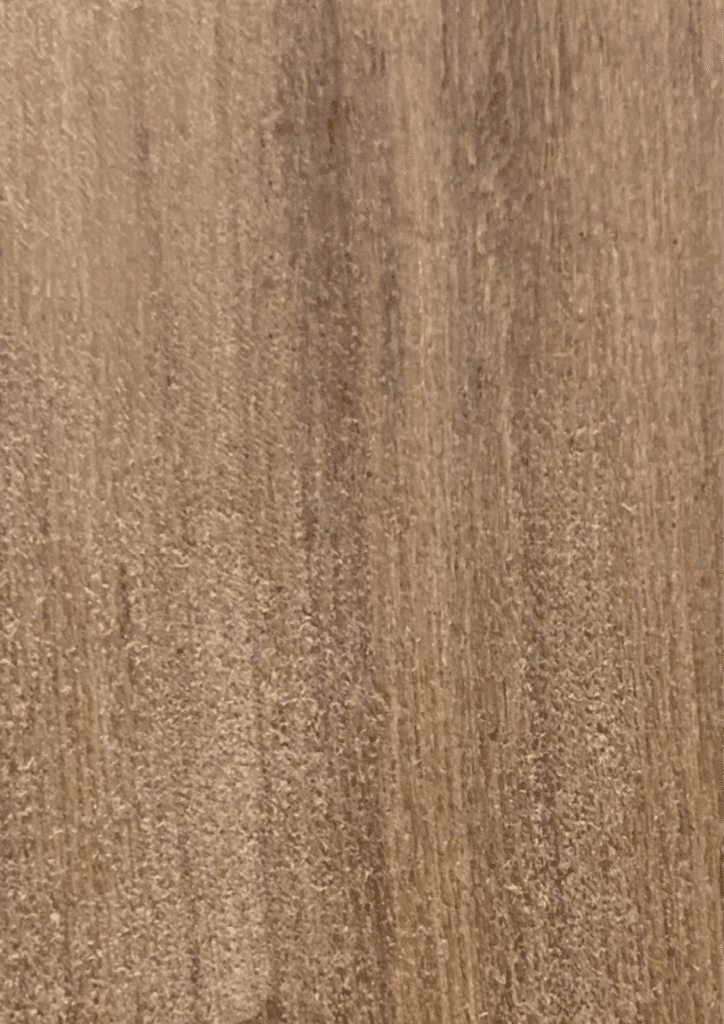
Wood Appearance
Physical and Mechanical Properties
This is a tough, hard wood with satisfactory mechanical strength (stronger than European oak)
and medium and dimensional stability
1. Air dried density (12%) -840kg/m3
2. Bending strength (at 12%) – 122 N/mm2
3. Modulus of elasticity (at 12%) – 14700 N/mm2
4. Crushing strength (at 12%) – 62 N/mm2
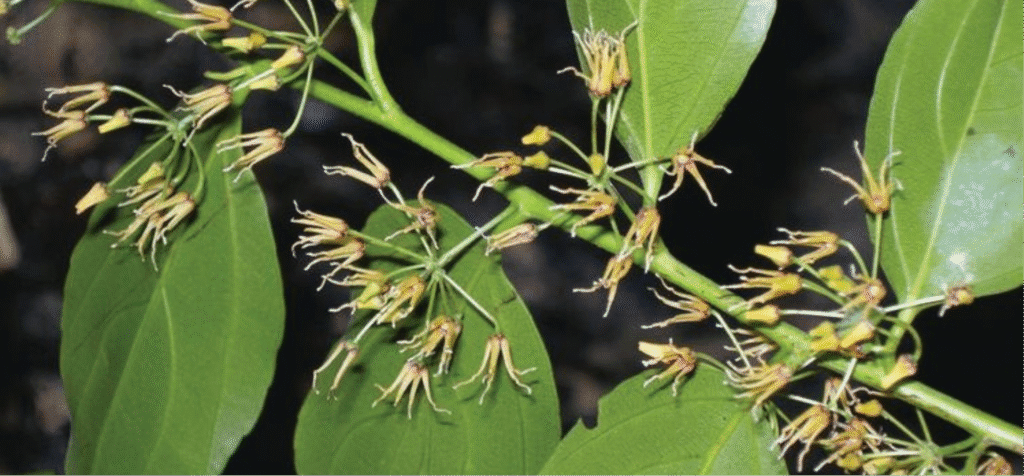
Natural durability

crabwood
- Scientific Name : Carapa guianensis
- Family : Meliaceae
- Standard Name : Andiroba
- Other Name : Krapa, Guino, Figueroa, Tangare, Carapa, Crappo
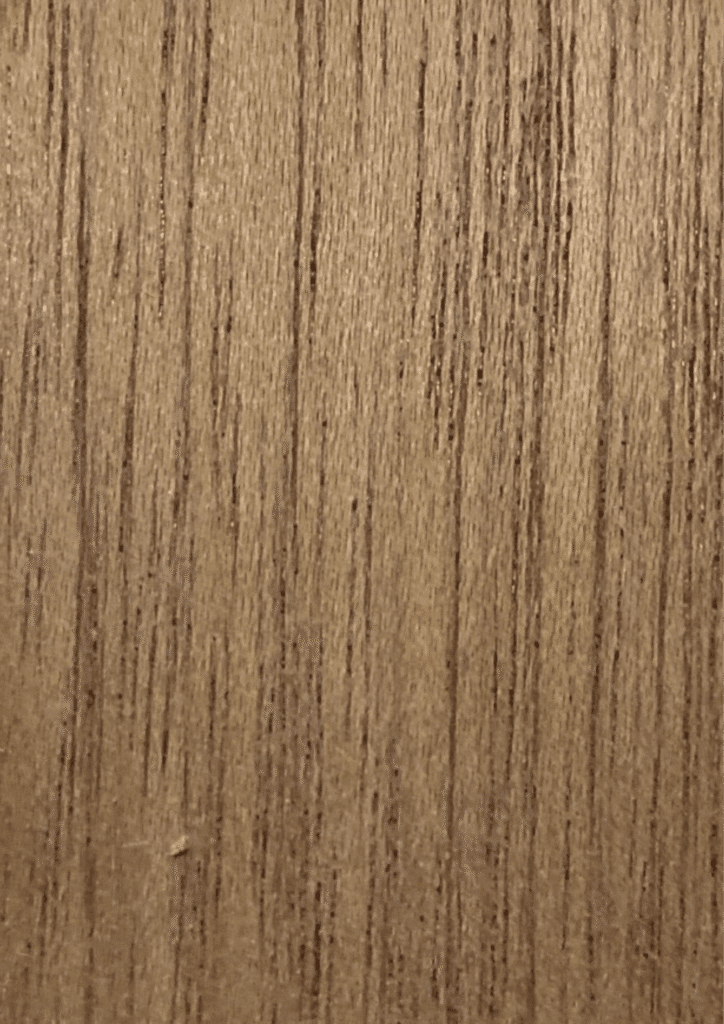
Wood Appearance
Physical and Mechanical Properties
Comparable in strength to European Beech. Small
movement. Moderately hard with good mechanical
properties and is fairly stable in use.
1. Air dried density (12%) – 670kg/m3
2. Bending strength (at 12%) – 111 N/mm2
3. Modulus of elasticity (at 12%) – 11800 N/mm2
4. Crushing strength (at 12%) – 59 N/mm2
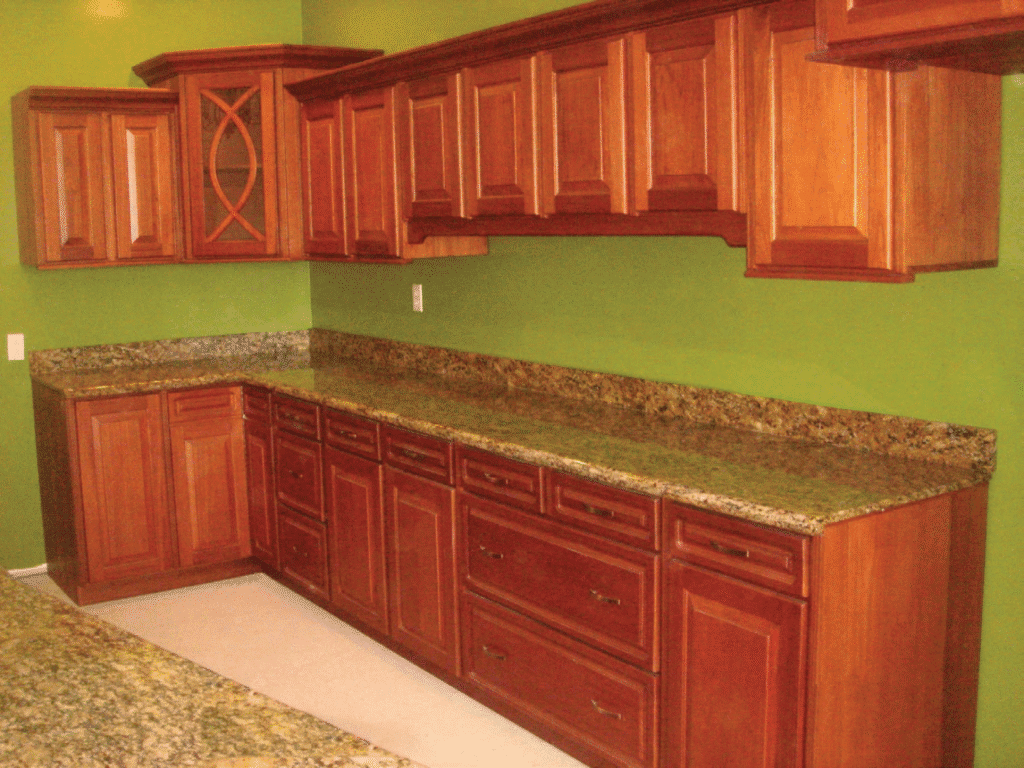

Natural durability
locust
- Scientific Name : Hymenaea courbaril
- Family : Caesalpiniaceae
- Standard Name : Courbaril
- Other Name : Copalier, Algarrob, Gaupinal, Jatoba
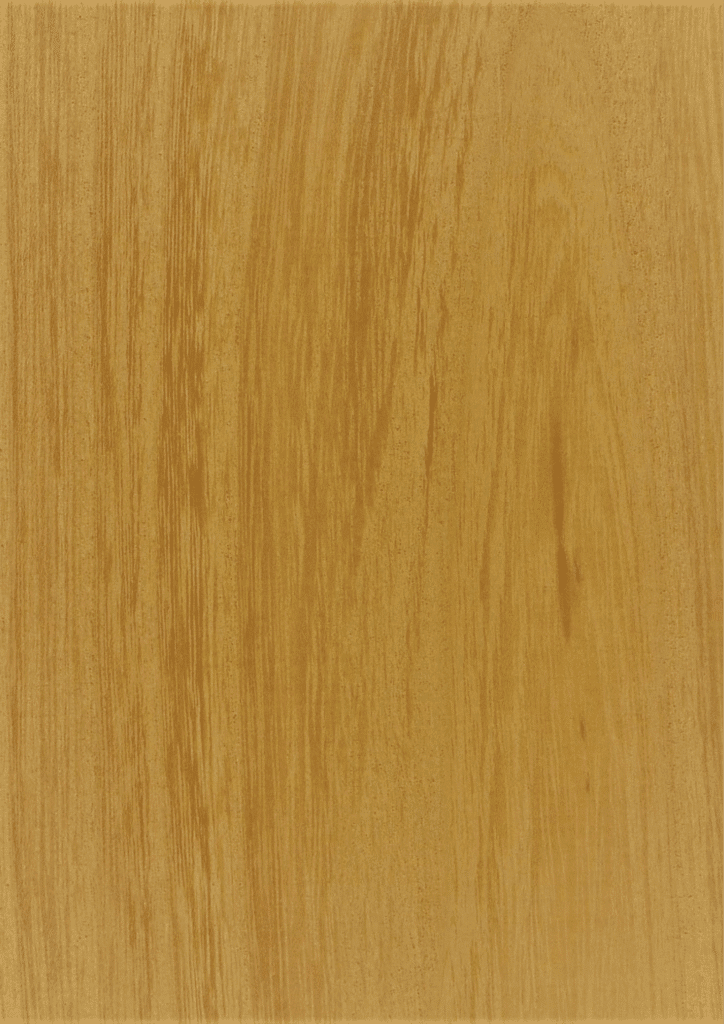
Wood Appearance
Physical and Mechanical Properties
Very hard and strong. Moderate shrinkage, relatively stable once dry. Good mechanical properties, especially elasticity;
1. Air dried density (12%) – 880kg/m3
2. Bending strength (at 12%) – 172N/mm2
3. Modulus of elasticity (at 12%) – 18500 N/mm2
4. Crushing strength (at 12%) – 84 N/mm2
